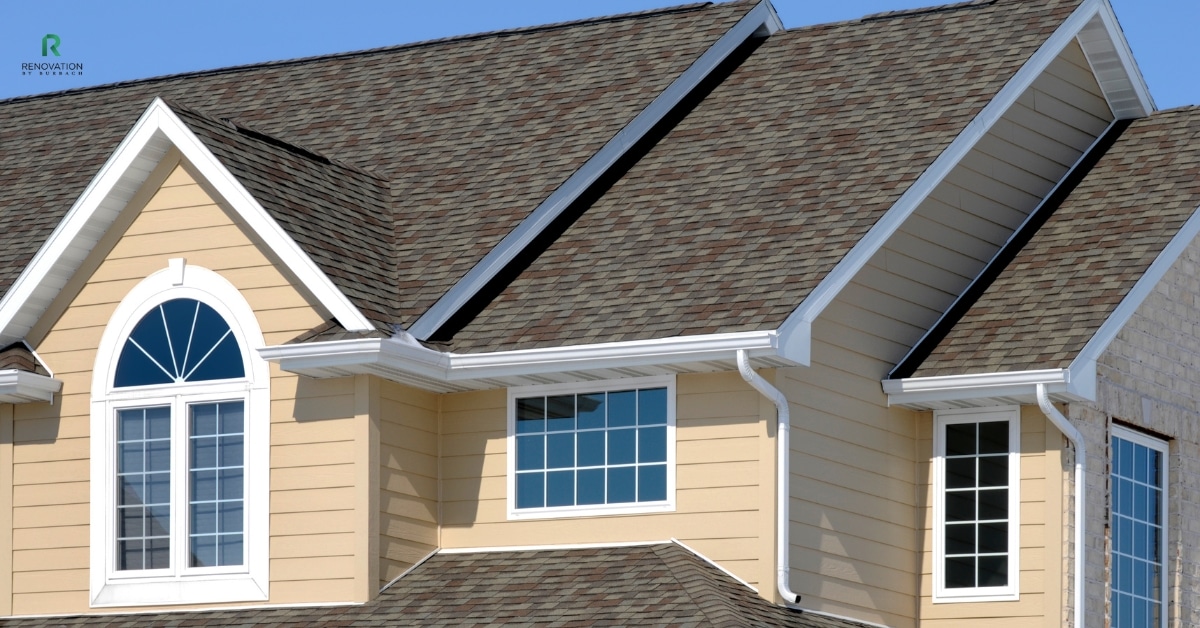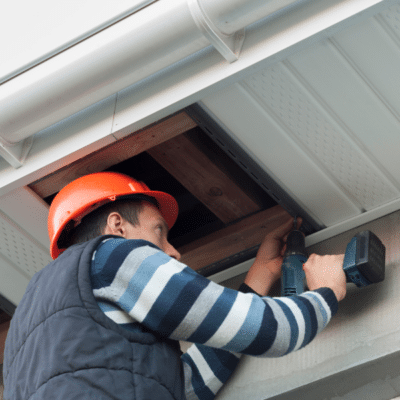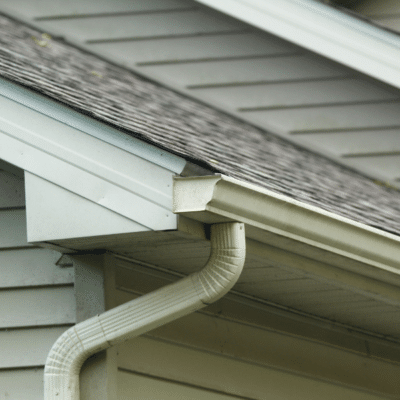Why Soffit vs. Fascia Confuses So Many Homeowners
You’re not alone if you’ve ever stood in your driveway staring up at your roof’s edge wondering: “What exactly are those boards called? And why do they matter so much?” If you’re in Salt Lake City, Park City, Ogden, or anywhere along Utah’s Wasatch Front, and you’re thinking about improving your home’s exterior, understanding the difference between soffit and fascia can save you thousands in repairs, boost your curb appeal, and improve your home’s ventilation. This post will break down the confusion, show you why these two exterior elements matter, and help you make smart, low-maintenance renovation choices.
What We’ll Cover:
- What Is a Soffit?
- What Is a Fascia?
- Why Soffits and Fascias Matter for Utah Homes
- Signs You Need to Replace or Upgrade
- Soffit vs. Fascia: Side-by-Side Comparison
- Choosing the Right Materials
- Your Next Steps: Free Visualizer & Estimate
What Is a Soffit?
A soffit is the exposed underside area beneath the overhanging section of a roof eave. It bridges the gap between your home’s siding and the roof edge.
Soffits play a critical role in ventilating your attic and preventing moisture buildup.
Key Functions:
⇒ Allows airflow into the attic to prevent mold and heat damage
⇒ Seals off roof eaves to keep out pests
⇒ Supports energy efficiency by regulating attic temperatures
Common Soffit Materials:
⇒ Vinyl (low maintenance)
⇒ Aluminum (durable and rust-resistant)
⇒ Wood (traditional but higher upkeep)
What Is a Fascia?
The fascia is the vertical finishing edge connected to the ends of the roof rafters. It’s the board where your gutters are mounted.
More than just cosmetic, fascia helps protect your home’s structural integrity.
Key Functions:
- Supports the gutters and keeps them in place
- Shields your home’s edge from water infiltration
- Creates a clean, finished look for the roofline
Common Fascia Materials:
- Wood (classic but prone to rot)
- Composite (durable and stylish)
- Metal (strong and weather-resistant)
Why Soffits and Fascias Matter for Utah Homes
Utah’s dry summers, heavy snowfalls, and fluctuating temperatures put exterior features like soffit and fascia to the test.
Without proper soffits and fascia:
-
- Your roofline is exposed to rain, ice, and animal infestations
- Your attic can’t breathe, leading to heat and moisture damage
- Your curb appeal suffers
At Renovation By Burbach, we see dozens of cases each year where poor soffit and fascia maintenance has led to costly damage that could have been prevented.
Signs You Need to Replace or Upgrade
Not sure if your soffit or fascia needs help? Watch for:
-
- Peeling paint or visible rot
-
- Water damage or stains under roof eaves
-
- Sagging or detached gutters
-
- Insect or bird nesting near your roofline
Regular inspections can help catch these signs early, especially in homes over 15 years old.
Soffit vs. Fascia: Side-by-Side Comparison
Feature |
Soffit |
Fascia |
|
Location |
Under the eaves |
Roof edge, behind gutters |
|
Purpose |
Ventilation & protection |
Gutter support & aesthetics |
|
Risk |
Mold, heat, animal entry |
Water damage, structural decay |
|
Material |
Vinyl, aluminum, wood |
Wood, composite, metal |
This simple breakdown highlights how these parts serve very different but equally important roles.
Choosing the Right Materials
When selecting materials, consider Utah’s unique weather and your desire for low-maintenance exteriors:
Best Options for Utah Homes:
-
- James Hardie Soffit Panels: Durable, fiber cement options that resist warping
-
- Aluminum Fascia Wraps: Clean look with minimal upkeep
Our expert team at Renovation By Burbach helps homeowners pick combinations that match both aesthetics and durability for Utah’s seasonal swings.
Your Next Steps: Free Visualizer & Estimate
Want to see how new soffit or fascia could transform your home?
Use our home visualizer tool to play with real siding combinations and fascia styles — customized to your home.
When you’re ready, you can request a free estimate with our no-pressure consultation. We proudly serve Salt Lake City, Heber, Ogden, Tooele, and beyond.
FAQs About Soffit and Fascia
Q: Can I replace soffit without replacing fascia?
A: Yes, but it’s often best to inspect and address both to ensure alignment and durability.
Q: How long do soffits and fascia last?
A: With high-quality materials like vinyl or metal, you can expect 20–30 years with minimal maintenance.
Q: Are vented soffits better?
A: For most homes, yes. They allow airflow that protects attic insulation and roof lifespan.
Q: Is James Hardie better than wood?
A: Yes — it’s more durable, weather-resistant, and far less prone to rot or warping.
Protect Your Home with the Right Exterior Upgrades
Soffits and fascia may seem like small details, but they do heavy lifting when it comes to protecting your home.
By understanding their roles, knowing when to replace them, and choosing durable materials, you’re setting your house up for long-term success.
Want to explore your exterior design options? Reach out to learn more or schedule a no-pressure consultation today.
- What is a Soffit vs Fascia? - October 10, 2025
- What’s the Difference Between Soffit and Fascia? A Home Exterior Guide for Utah Homeowners - June 30, 2025
- Are Rain Gutters Really Necessary? What Utah Homeowners Need to Know - June 6, 2025






